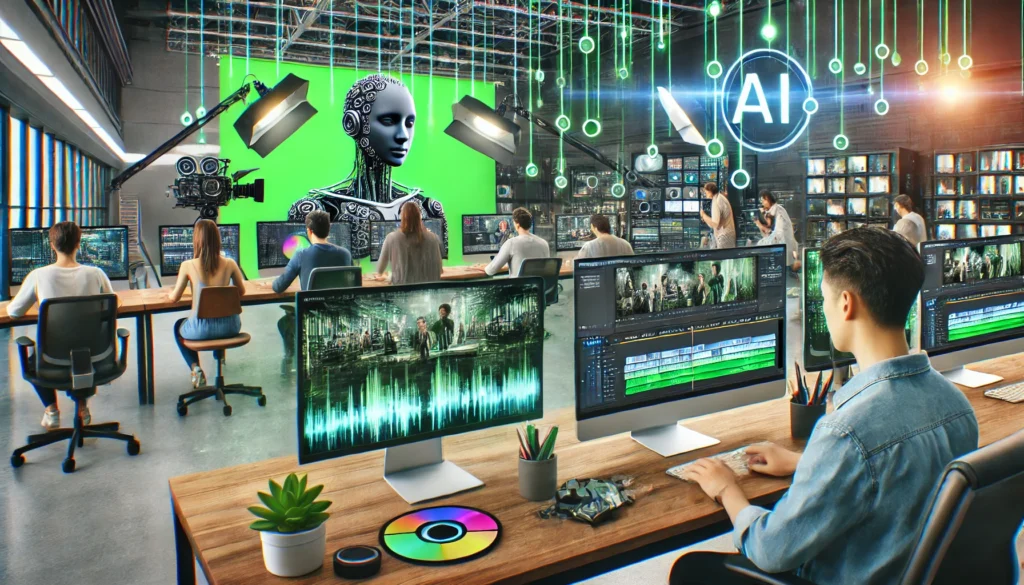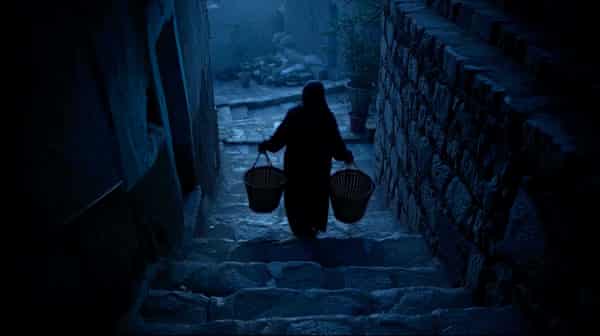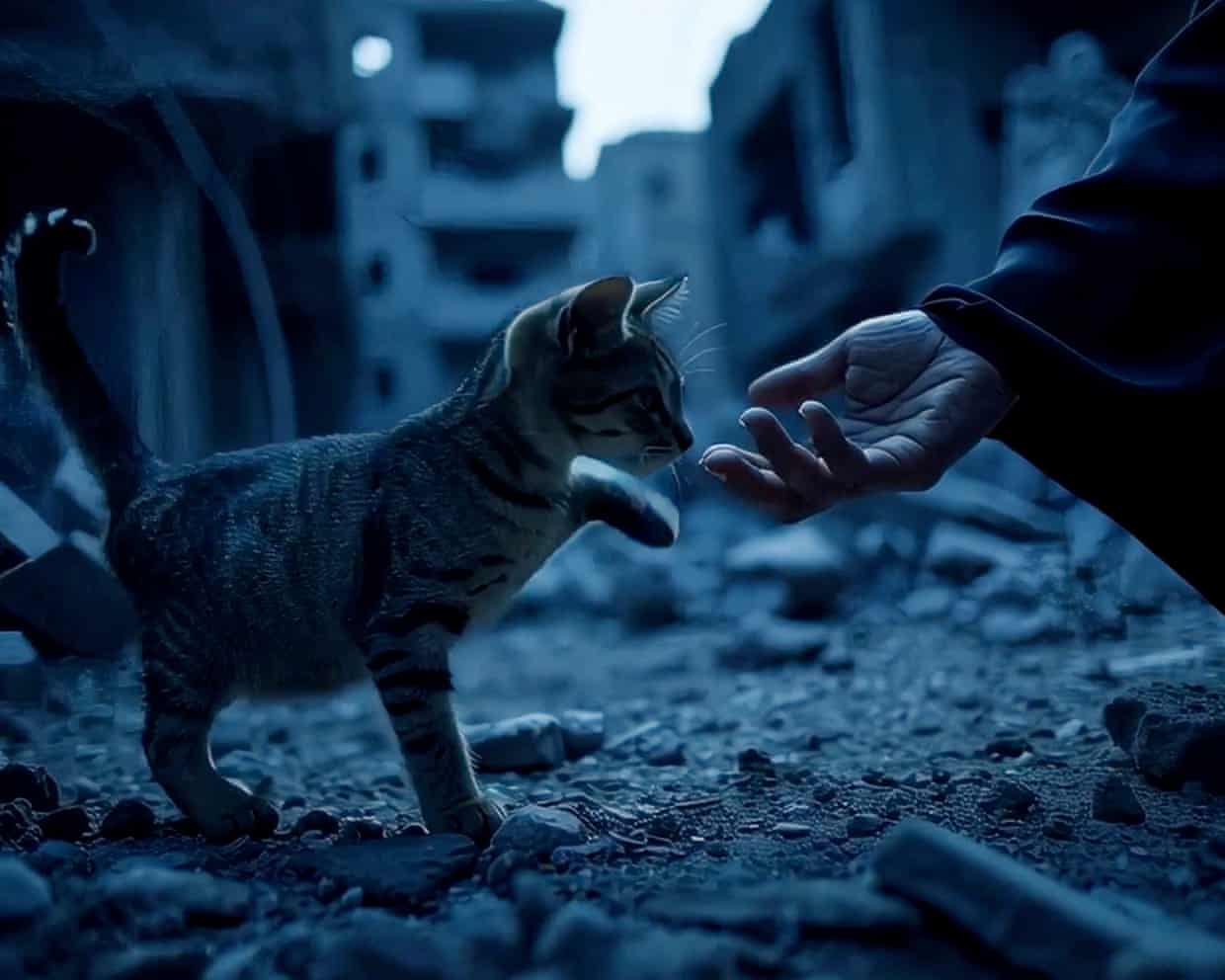You can make really good stuff fast. That’s the new mantra echoing through film studios, indie editing rooms, and even among hobbyist creators. Thanks to the unprecedented rise of AI tools in filmmaking, what once took weeks or even months now takes hours with astonishing realism. Picture this: a stealth bomber flying over Iran and a woman feeding stray cats in war torn Tehran. The scene feels raw, timely, and politically charged. But here’s the twist: none of it is real.
This scene wasn’t captured on a soundstage or in the Middle East it was generated entirely with artificial intelligence. And this is just the beginning.
The Rise of AI Generated Cinematography
In a world driven by speed and realism, AI tools in filmmaking are pushing the envelope. From generative video models like OpenAI’s Sora and Runway’s Gen-3 Alpha to deepfake technologies and voice synthesis platforms like ElevenLabs, filmmakers can now build entire worlds populated with virtual actors, realistic locations, and emotionally resonant performances without ever stepping out of the studio.
In 2025, a viral video mimicking geopolitical tension between the U.S Iran, and Israel captured social media attention. The 45 second clip, crafted entirely with AI, featured bombers, burning cities, and a woman among stray cats in a hauntingly realistic setting. Viewers were stunned not just by the visuals, but by the fact that none of it was real. The creators used a combination of Gen-3 video generation, AI sound design, and voiceover tools to render what looked like a news segment.

Changing the Narrative of Storytelling
According to Dr. Emily Groves, a professor of Digital Media at NYU, “AI tools in filmmaking have democratized high-end production. You no longer need millions of dollars or access to exotic locations to tell a compelling story. That’s both liberating and dangerous.”
Groves points out that while creativity flourishes under this new paradigm, so does misinformation. “The line between storytelling and propaganda becomes dangerously thin,” she adds.
Indie Filmmakers Breaking In
Javier Morales, a 26 year old indie director from Spain, recently made a sci-fi short film titled Forgotten Moonlight using 100% AI generated visuals. “I had a vision of a dystopian Mars colony and couldn’t afford VFX or actors,” he says. “Using AI tools in filmmaking allowed me to create the entire film with just my laptop and a few days of work.”
His project, showcased at the Virtual Cannes XR showcase, received praise not just for creativity, but for pushing the boundaries of what’s possible without a budget.
Pros and Cons of AI in Cinema
Speed & Efficiency: A single creator can now produce entire films or trailers in days.
Cost Reduction: No need for camera crews, actors, sets, or post production facilities.
Creative Freedom: Allows storytelling from imagined or impossible scenarios historical, futuristic, or fantastical.
Accessibility: Opens the industry to newcomers who lacked connections or capital.
Challenges:
Ethical Dilemmas: Deepfakes and synthetic actors can blur truth and fiction.
Job Displacement: Editors, actors, and visual artists face uncertainty.
Authenticity Risks: Audiences may struggle to connect emotionally with synthetic content.
Misinformation Threats: Hyper realistic AI content can spread fake news, especially in geopolitical or crisis contexts.

Is AI Replacing Human Emotion?
While AI can replicate voice tones, facial expressions, and scenery, the question remains. Can it evoke genuine human emotion? Dr. Ryan Cooper, cognitive scientist at MIT, argues, “AI can simulate emotion, but it doesn’t understand it. Real performances come from lived experience, something no model can replicate.”
However, recent developments suggest AI is catching up. MetaHuman avatars, paired with emotion-mapping algorithms, are now capable of delivering subtle expressions that rival human actors raising concerns and possibilities in equal measure.
The “Virtual Protest” Documentary
A documentary on human rights in Myanmar was recently produced using AI tools due to safety concerns. The team behind it used voice cloning tech to protect identities, recreated protest scenes using Runway ML, and distributed the documentary through blockchain based platforms to avoid censorship.
The result? A powerful, award winning piece that would’ve been impossible to create safely through traditional means.
A New Chapter in Storytelling
AI tools in filmmaking are no longer futuristic they’re here, and they’re changing the very core of cinematic storytelling. With every new release of generative video software, filmmakers gain more power, but also inherit greater responsibility.
As we move forward, creators, audiences, and regulators alike must wrestle with the ethical implications, the emotional depth, and the artistic integrity of AI driven cinema. The tools are neutral it’s how we use them that will define the future of film.
“You can make really good stuff fast,” indeed. But the question that looms is not just about what we can make, but what we should make. The intersection of creativity, technology, and ethics will shape a generation of filmmakers who no longer just record reality they create it.


1 thought on “How AI Tools in Filmmaking Are Revolutionizing Modern Cinema in 2025”